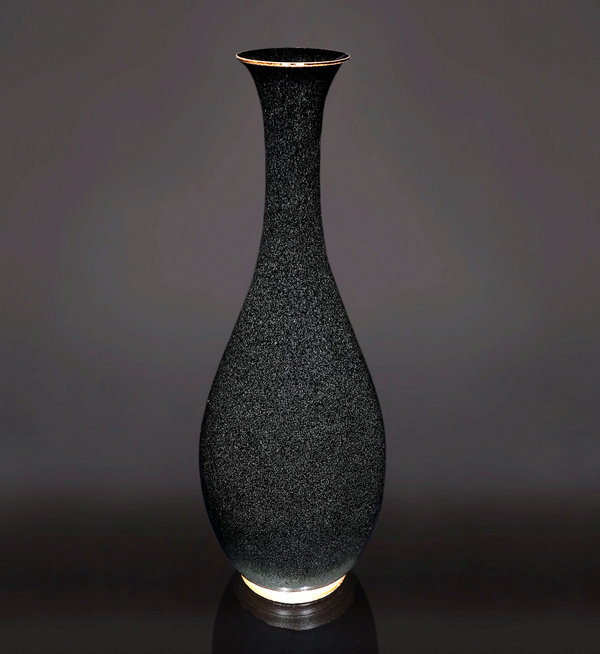

"Let me show you how rock tea comes to life," he says, motioning me deeper into the chambers.
Visitors to the museum can observe traditional methods of tea production, such as cooling, stir-frying and kneading, while sampling a variety of tea and appreciating tea rituals.
The secret behind this distinctive flavor lies in the tea's intricate craftsmanship, Huang explains.
The first step is shai qing (sun withering), to soften the leaf just to the right extent.
"Too little sun, and it stays asleep; too much, and the fragrance dies," he says.
Inside the processing room, bamboo trays of tea leaves are stacked in neat rows. Huang places his hands on one tray and gives it a firm shake. The leaves rustle and roll, releasing a faint green aroma into the air.
"This is yao qing (rocking the leaves). Each shake bruises the leaf edges slightly, allowing oxidation to begin," he says. He looks at me and adds softly, "This is the soul of oolong tea — we call it 'si qu huo lai', meaning 'dying and coming back to life'."